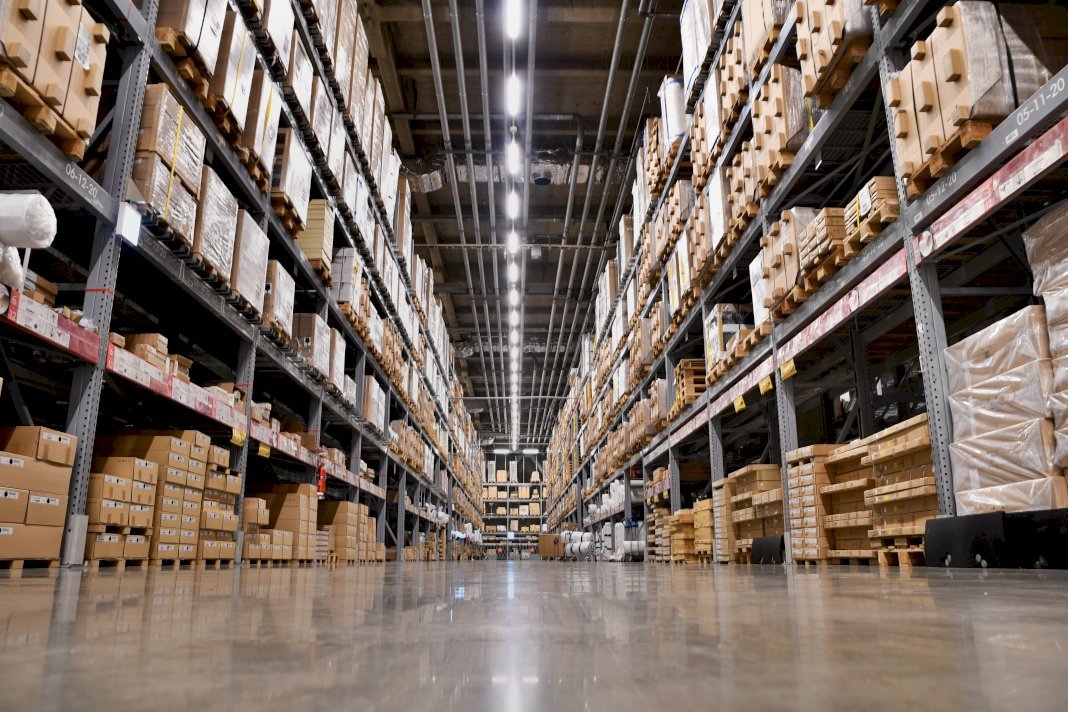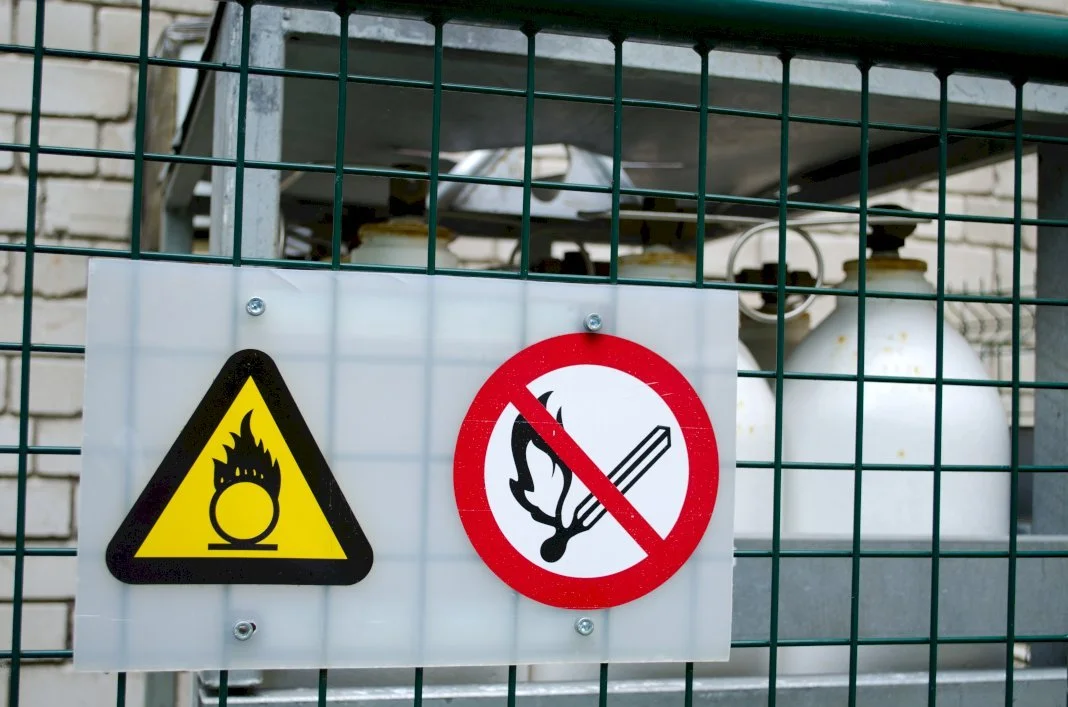Regular safety audits are crucial in identifying and mitigating potential risks in the warehouse.
Proper training, including material handling, PPE use, fire safety, and driving safety, enhances employee safety.
Safety signage effectively communicates potential hazards, thereby increasing workplace safety.
Investment in safety equipment and automated systems can prevent accidents and monitor hazardous situations.
Fostering a safety culture encourages employees to prioritize safety and suggest improvements to safety protocols.
Safety measures often get overlooked as businesses strive to improve performance and productivity. However, protecting employees is a crucial aspect of running a successful company. In large warehousing companies, workers handle heavy loads, operate machinery, and navigate large vehicles. As such, warehousing companies must implement effective safety protocols to minimize workplace accidents and injuries. This blog post will provide insights into enhancing safety in large warehousing companies.
Conduct Regular Safety Audits
Safety audits are critical for identifying hazards and evaluating safety procedures in a warehouse. Regular audits can identify potential risks and help develop corrective actions. The Occupational Safety and Health Administration (OSHA) recommends conducting safety audits at least once a year. Conducting regular audits shows that the company's management is committed to the safety of its employees.
Provide Proper Training
Proper training helps employees understand safety protocols, identify potential hazards, and operate equipment safely. Companies should provide safety training for new employees and regular refresher courses for ongoing employees. The training should include various topics, including the following:
Material Handling
As part of their job, warehouse workers often handle heavy loads. It is essential to provide training on properly using material handling equipment to reduce the risk of musculoskeletal injuries and other accidents. For example, workers should know how to use a pallet jack safely and properly lift heavy objects.
Personal Protective Equipment (PPE)
Companies should provide employees with the necessary PPE to protect them from potential hazards in the warehouse, such as chemical substances or moving machinery. Employees must know when to wear specific PPE and understand how to use it correctly.
Fire Safety
Warehouses contain potential fire hazards, such as combustible materials or equipment. Companies should provide training on fire safety procedures, including the use of fire extinguishers and exit plans in case of a fire emergency.
Driving Safety
Employees who operate large vehicles in the warehouse must be trained in safe driving practices. This includes following speed limits, maintaining a safe distance between the vehicle and pedestrians, and knowing how to maneuver around obstacles. Different countries may also have additional driving safety regulations. For example, in Singapore, the Workplace Safety and Health Council (WSHC) requires companies to conduct periodic safety checks for their vehicles.
Implement Safety Signage
Safety signs are essential for communicating potential hazards to employees. Signs should be used to warn employees of potential hazards such as wet floors, moving machinery, or hazardous materials. Employees should receive regular training on the interpretation of different safety signs. Make sure to shop for site safety multi-hazard signs that you can use throughout your facility, they need to be clear and free from any obstruction.
For example, in the United States, OSHA requires workplaces to use common signs associated with safety. These include warning signs (e.g., "Danger" or "Caution"), personal protective equipment (PPE) signs, and fire safety signs. A company should also consider using customized signage that includes specific instructions for particular hazards or operations.
Invest in Safety Equipment
Safety equipment is vital in warehouses, and companies should invest in appropriate gear. While safety signs can warn workers of potential hazards, they cannot prevent accidents. Companies should consider investing in protective gear such as goggles, gloves, and helmets to reduce the risk of injuries. The type of safety equipment needed depends on the tasks and activities being performed in the warehouse.
In addition to safety equipment, companies should invest in automated systems that help monitor worker movements and alert managers of potential safety issues. For example, RFID tags can track employees' movement in the warehouse and identify areas with high traffic or hazardous substances.
Foster a Culture of Safety
A strong safety culture can create a positive environment where employees feel valued and can speak up about safety concerns. A culture that embraces safety will encourage employees to identify potential hazards and suggest improvements to existing safety protocols. Regular safety meetings and communication of safety policies can help to reinforce the importance of safety in the workplace.
The safety of employees should be a top priority for large warehousing companies. Implementing regular safety audits, proper training, safety signage, investment in safety equipment, and fostering a safety culture are all critical in enhancing a company's safety protocols. By following these measures, companies can create an environment where employees feel valued and safe. This not only helps to minimize workplace accidents and injuries but also improves overall productivity and efficiency. Remember, a safe workplace is a productive workplace.





